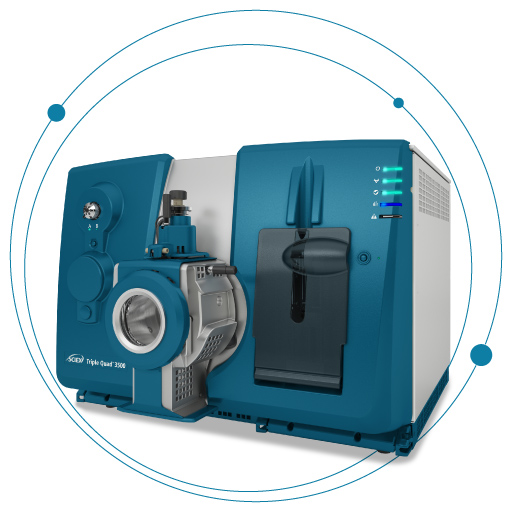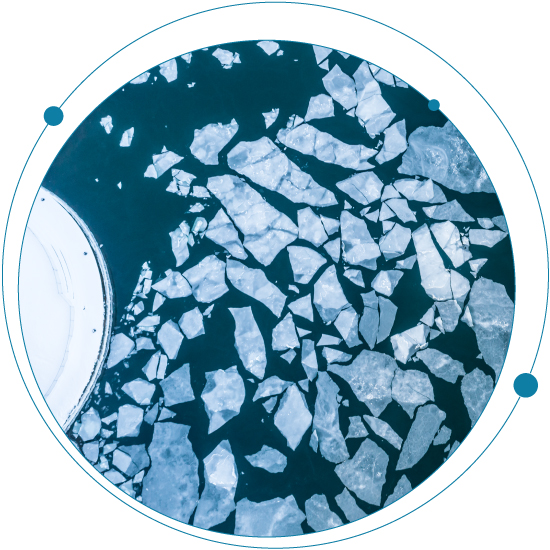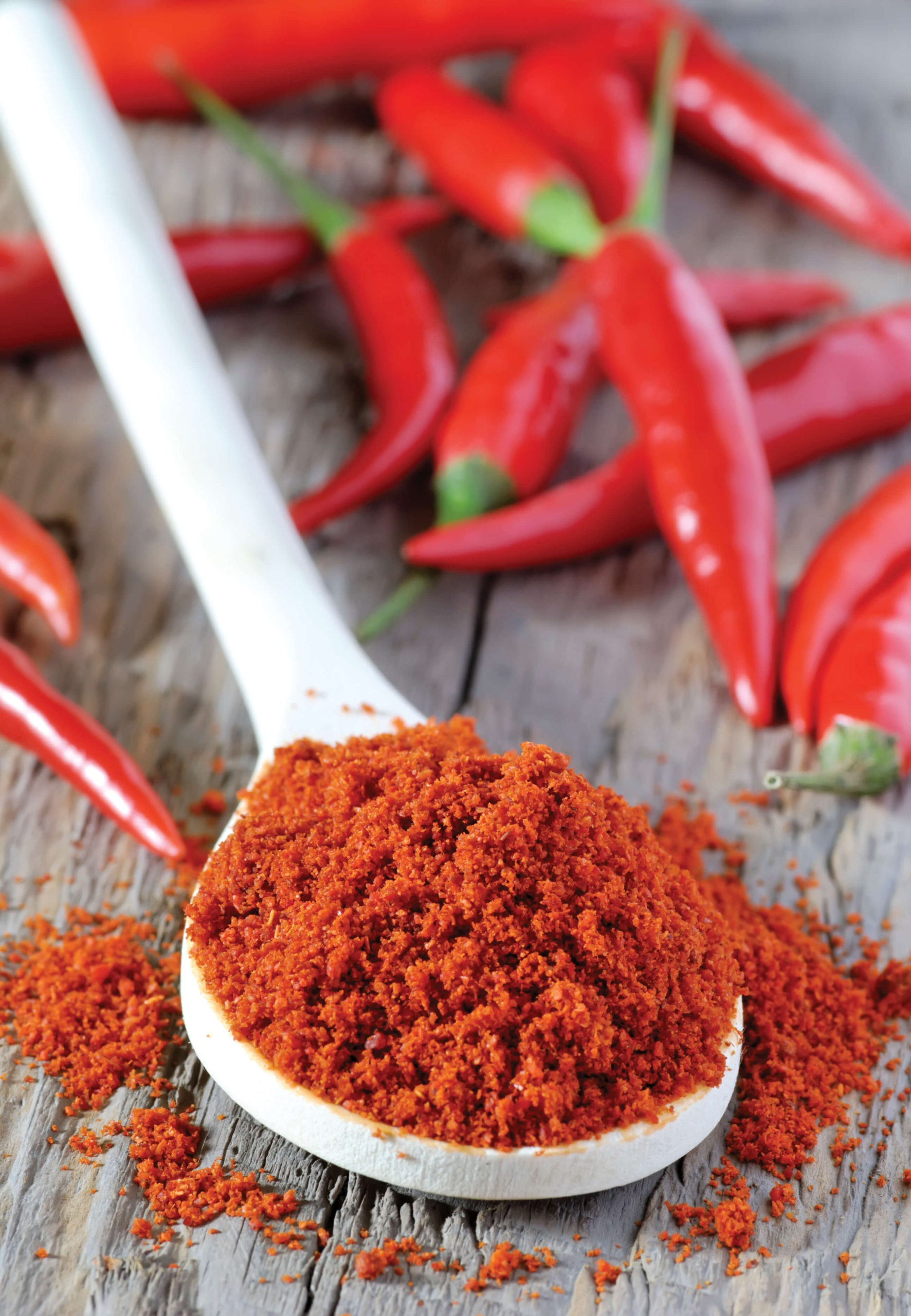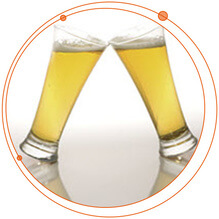According to the American Clinical Laboratory Association, more than 7 billion clinical lab tests are performed in the U.S. every year. While mass spectrometry represents only a fraction of the clinical applications, there are a growing number of tests where mass...
Tags

Nitrosamines: Where are we now?
Nitrosamines are a large group of N-nitroso compounds that share a common functional N-N=O group. They are produced by a chemical reaction between a nitrosating agent and a secondary or tertiary amine. Back in 2018, nitrosamines suddenly found themselves in the spotlight when they were unexpectedly detected in medications for high blood pressure. Since then, they have been found in several other prescription medications, including those for heartburn, acid reflux and diabetes, resulting in manufacturers recalling some common medications.

PFAS analysis in food: a robustness study in sensitivity and stability
The combination of per- and polyfluoroalkyl substances (PFAS) testing, trace-level regulatory requirements and complex MS applications can be intimidating. In a recent webinar, now available on demand, SCIEX PFAS expert Craig Butt demonstrated how the new SCIEX 7500+ system can help make PFAS testing easier.
Questions and answers to help improve your mycotoxin analysis
During a recent webinar I shared method details for mycotoxin analysis on the SCIEX 7500 system. In this blog i will share the Q&A for the submitted questions that we did not have chance to answer during the live webinar.
Excel macro for calculating averages or percent CVs from replicates in a 384 -well plate
This excel workbook is designed to be used with data copied from a SCIEX OS software Analytics module results file

Back to the new basics: Part 1 | Making the leap from GC-MS to LC-MS
Producing accurate results quickly in a demanding environment is no easy feat for analytical scientists. What’s more, many of us are constantly questioning ourselves—I certainly am—about whether we are employing the best technique for the analysis at hand.
It’s an overwhelming thought, considering the wide range of tools that are available to choose from, each of which offers varying levels of capacity, sensitivity, selectivity, specificity and cost. How do you meet the unique needs of your organization without breaking the bank? I get it, and I’m not here to convince you it’s easy. My aim is to guide you through the process to help you make the right decision for you.
How to optimize sample plating to run Echo MS system in ‘Fast acquisition mode’
The Echo MS system can acquire data extremely rapidly, at 1 second per sample. To achieve this speed, it should be ensured that there is adequate time between ejections for the analyte signal to return to baseline between ejections. Plating your samples such that you...
How do I check the quality of the Auto Retention Time Calibration used in my Extractor processing?
When using the Auto-Calibration option in Extractor, a set of retention time calibration peptides will be determined automatically from the library and used for RT calibration. To determine how the fit looks for the calibration on each datafile, follow these steps....
sMRM Pro Builder template tutorial
The sMRM Pro Builder template is an Excel-based tool that can help you implement large panels of analytes in your lab. The Excel sheet will take your preliminary experimental results and compute retention times, retention time window widths and dwell time weighting to optimize your targeted assay.
MRM method transfer from a SCIEX Triple Quad or QTRAP 6500+ system to the SCIEX 7500 system
General recommendations when beginning method development Objective: The purpose of this document is to provide a quick reference for transferring MRM-based quantification methods from a SCIEX Triple Quad or QTRAP 6500+ system to a SCIEX 7500 system. While the best...

Short-chain PFAS compounds are on the rise- Craig’s PFAS Vodcast Cora Young
Read time: 2 minutes Short-chain per- and polyfluoroalkyl substances (PFAS) are increasing in the Canadian Arctic environment, with the most rapid increases occurring post-2000, according to a recent study in Geophysical Research Letters (April 2020). For example,...

This LC-MS/MS Application Detects Almond and Peanut Allergens in Spices
If you suffer from peanut allergies, you may want to think twice before diving into a bowl of something spicy. The reason being, some shipments of North American and European products containing ground cumin, cumin powder, cayenne pepper, paprika, and pilli-pilli...

Mass Spectrometry Detects Very Low Levels of Chemical Compounds in Asia Pacific Waters
Did you know that even though most of the world is covered in water, access to clean drinkingwater remains a problem? Take Asia for example where 62,000 people have lost their lives between 2001 and 2005 due to water-related disaster and illness. Clean water is...

Simultaneously Detect Different Types of Beer Microbes Using XP-PCR
Spoiler Alert – How to Save Time Testing for Bacteria in Beer? Nothing ruins a batch of beer worse than bacteria, specifically Pediococcus and Lactobacillus. Too much of these hop resistant genes can get carried away causing spoilage and sour beer. It is why breweries...
No Results Found
The page you requested could not be found. Try refining your search, or use the navigation above to locate the post.